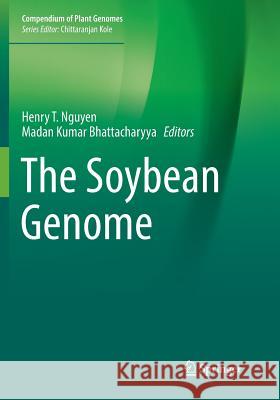The Soybean Genome » książka
topmenu
The Soybean Genome
ISBN-13: 9783319877464 / Angielski / Miękka / 2018 / 211 str.
Kategorie:
Kategorie BISAC:
Wydawca:
Springer
Seria wydawnicza:
Język:
Angielski
ISBN-13:
9783319877464
Rok wydania:
2018
Wydanie:
Softcover Repri
Ilość stron:
211
Waga:
0.39 kg
Wymiary:
25.4 x 17.78 x 1.19
Oprawa:
Miękka
Wolumenów:
01
Dodatkowe informacje:
Wydanie ilustrowane











